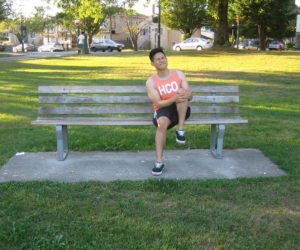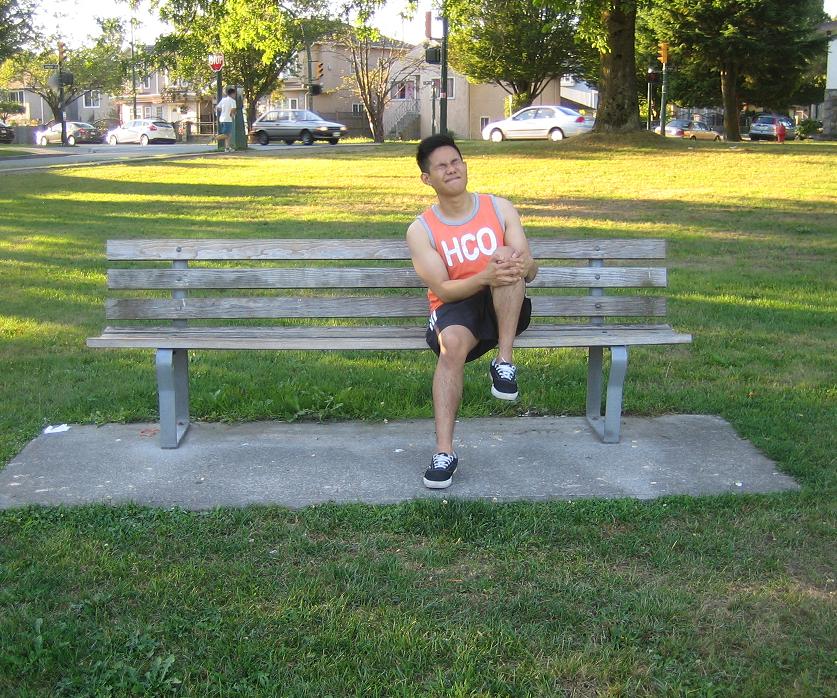Osteoarthritis of the knee happens when the cartilages that cushions the end bones of the joints becomes deteriorated. The cartilage is a slippery tissue for easy movement of the joints.
Symptoms of osteoarthritis of the knee
- Knee pain that comes and disappears with low level of pain and intermittent severe flare-ups.
- Severe pain when performing activities such as kneeling, bending, climbing stairs and squatting.
- Severe stiffness and pain with prolonged immobility or rest such as getting out of bed especially in the morning.
- Swelling of the knee due to rubbing together of the femur and tibia and sometimes the patella bones.
- The swelling area is red and warm when touched
Causes

- People with ages 45 and above are susceptible to this condition due wear and tear of the cartilages. The cartilage becomes thin and less flexible.
- Overweight or obese
- Trauma to the joint such as injury or surgery and fractures
- Family history of this condition
- Congenital defect or illness such as attacks of gout or septic arthritis, poor alignment of the bones and metabolic disorders
- Performing regular activities that spend plenty of time on their feet, heavy lifting while standing, crawling or squatting.
- Participating in high impact sports such as football and tennis
- Women over 45 years old are more susceptible to this condition
Treatment
- Take plenty of rest especially the affected knee. Avoid performing activities that cause pain in the area for fast healing of the condition.
- Apply heat or cold compress on the affected area for at least 15-20 minutes to lessen the swelling and the pain. Apply ice compress on the affected knee for at least 20-30 minutes several times every day to lessen the pain and the inflammation. Wrap ice or heat in a towel or a cloth before placing to the area to prevent further irritation, worsen the condition and delays the healing.
- Take the prescribed pain medications to lessen the pain and the relieved of the swelling.
- Avoid being overweight to lessen the pressure and straining of the joint of the knee and slow down the progress of the condition.
- Prescribed steroid injections to lessen the swelling, the stiffness and the pain.
- Prescribed hyaluronic acid injections also called viscosupplementation for lubrication of the joint of the knee. It is similar to synovial fluid that naturally lubricates the joint of the knee.
- Perform rehabilitation exercises with the help of the physical therapist for some strengthening, stretching and restore range of movement of the knee joint.
FACT CHECK
https://www.healthline.com/health/osteoarthritis-stages-of-oa-of-the-knee
https://www.webmd.com/osteoarthritis/ostearthritis-of-the-knee-degenerative-arthritis-of-the-knee#1
https://orthoinfo.aaos.org/en/diseases–conditions/arthritis-of-the-knee/
